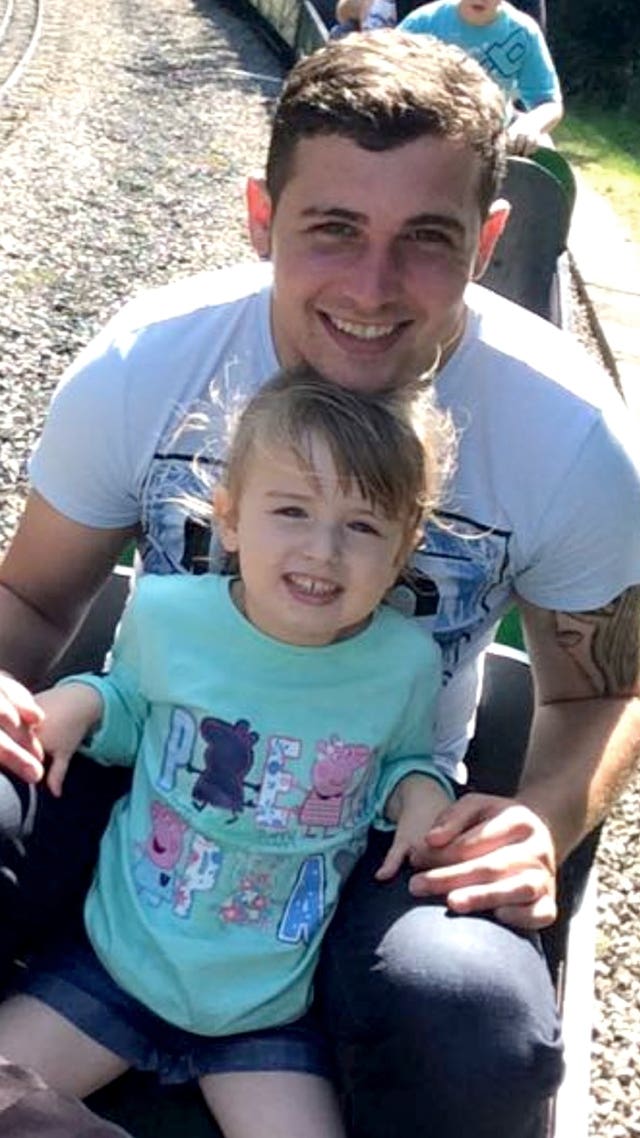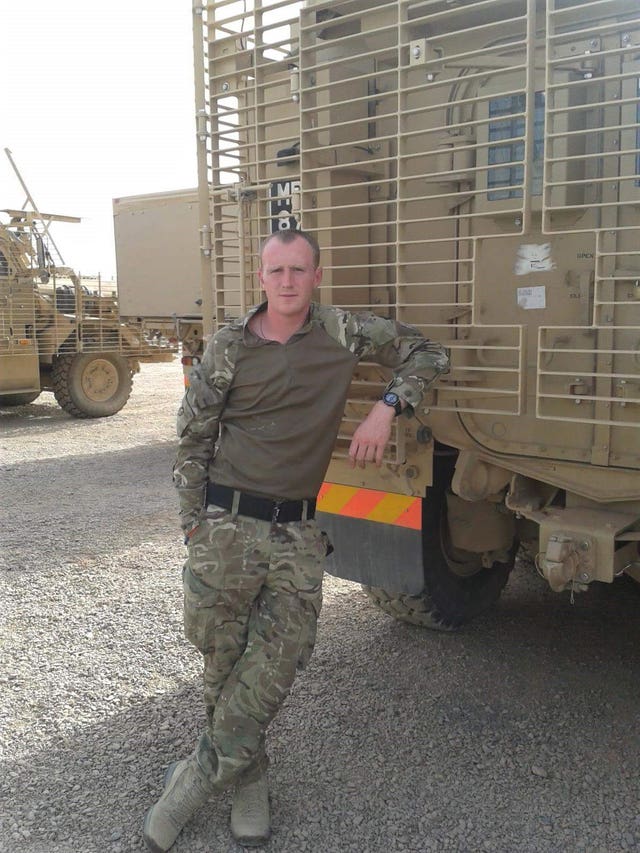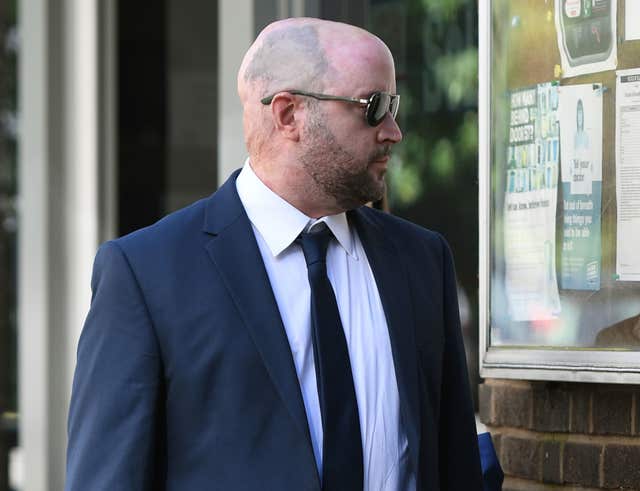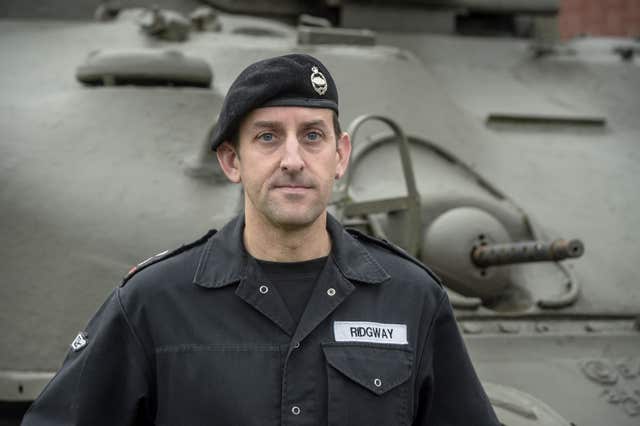Undetected flaw in tank gun barrel main cause of soldiers’ deaths – coroner
Coprorals Matthew Hatfield and Darren Neilson died of their injuries after an incident at an Army live-firing range

Two soldiers fatally wounded after an explosion and fire on their tank at an Army live-firing range died after a design flaw went undetected on their armoured vehicle’s gun barrel, a coroner has concluded.
Corporals Matthew Hatfield and Darren Neilson, both of the Royal Tank Regiment (RTR), died of their injuries after an incident on their Challenger 2 at the Castlemartin firing ranges, Pembrokeshire, Wales, on June 14 2017.
Louise Hunt, senior coroner for Birmingham and Solihull, said the “main cause” was that the gun could be fired when a key component – the bolt vent axial (BVA), which forms an air-tight seal blocking hot gases escaping into the crew turret – was missing.
She said: “The main cause of this incident was the tank being able to fire without the BVA assembly being present.”
Ms Hunt added: “During production and manufacture of the gun, this hazard was not adequately considered or investigated and therefore the ability of the gun to fire without the BVA present … went undetected.”

Ms Hunt was delivering her conclusions following an inquest which heard how the BVA air-tight seal stopping 3,000C high-explosive gases escaping into a tank crew’s turret was not in place before a lethal blast.
There was no set system in place to check for the key piece of equipment – the BVA – and an unknown loophole in the tank’s gunnery system meant it could be fired when not present.
The inquest also heard that four of tank’s high explosive ammunition bags, known as “bag charges”, which propel the shell out of the tank’s barrel, were “incorrectly stowed”.
Ms Hunt concluded: “Failure to correctly stow charges caused a secondary explosion following failure of the breech block due to the absence of the BVA assembly, and the practice of un-stowed charges was routine.”
The coroner heard a succession of troopers give evidence that the charges were sometimes stored out of heat-proof storage bins within the turret, including an occasion where one was “on a soldier’s lap”.

Both men were evacuated from the scene but later died of their injuries.
Two other soldiers, Warrant Officer Stuart Lawson and Trooper Michael Warren, were also injured but survived.
Cpls Neilson and Hatfield, both highly-trained gunnery instructors with combat experience in Iraq and Afghanistan, were taking WO Lawson out for a “guest shoot” experience, to show how the tank performed when firing.

He also “failed” to spot a culture of crews wrongly storing high explosive charges in their turrets.
Asked if it was a failure of his leadership during his evidence, Lt Col Ridgway said: “I think I failed to identify it was happening.
“I’m not sure it’s a failure of leadership.”

“If for one moment I suspected they were storing them incorrectly, I would have been furious.”
It also emerged Lt Col Ridgway – a veteran of the 2003 Iraq invasion – did not know the guest shoot was happening that day, and had not passed down his order for Mr Lawson to “sit on his hands”, and leave firing to the tank’s commander.
The inquest also heard how crews shared tanks, known as “hot-bedding”, but that a simple whiteboard – used to assign crews and activities to tanks – was not always updated promptly.
The Army told the coroner it has tightened training and drills since the incident.
A report to prevent future deaths with three recommendations has been sent to the Ministry of Defence (MOD) and BAE Systems, which designed and manufactured the Army’s main battle tank.
The MOD designed and developed the main gun, in-house, in the 1980s, for use on Challenger 2 – with the tank entering service in the 1990s.





